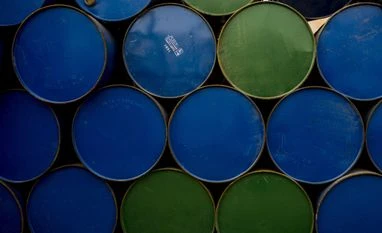Opec oil output rose in May, a Reuters survey found on Tuesday, as higher exports from Nigeria and Iraq offset the impact of ongoing voluntary supply cuts by some members agreed with the wider Opec+ alliance.
The Organization of the Petroleum Exporting Countries pumped 26.63 million barrels per day (bpd) last month, up 145,000 bpd from April, the survey, based on shipping data and information from industry sources, found. The increase from Iraq comes despite the country, Opec's second-largest producer, along with Opec+ member Kazakhstan pledging to compensate for earlier over-production by making further cutbacks in the rest of 2024.
Several members of Opec+, which includes Opec, Russia and other allies, made new cuts in January to counter economic weakness and increased supply outside the group. Producers decided on Sunday to keep them in place for the third quarter, having earlier extended them until June.
Iraq and Nigeria each raised output by 50,000 bpd and there were smaller hikes in Saudi Arabia and the United Arab Emirates, the survey found. Only Algeria cut output, as a result of oilfield maintenance.
Opec pumped about 250,000 bpd more than the implied target for the nine members covered by supply cut agreements, with Iraq accounting for the bulk of the excess, the survey found.
Among those not required to cut output, Iran and Venezuela boosted output slightly. Iran is pumping near a five-year high reached in November after posting one of Opec's biggest output increases in 2023 despite U.S. sanctions still being in place.
The Reuters survey aims to track supply to the market and is based on shipping data provided by external sources, LSEG flows data, information from companies that track flows - such as Petro-Logistics and Kpler - and information provided by sources at oil companies, Opec and consultants.
)